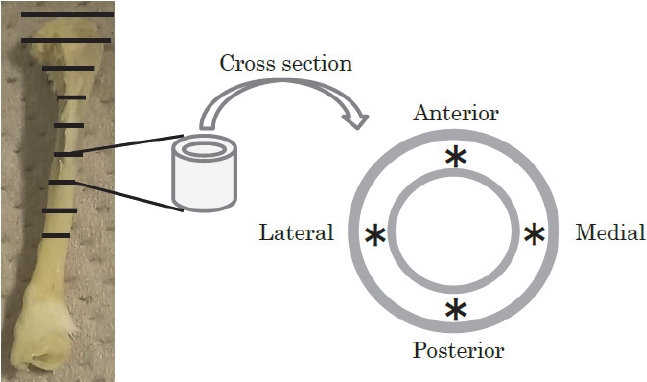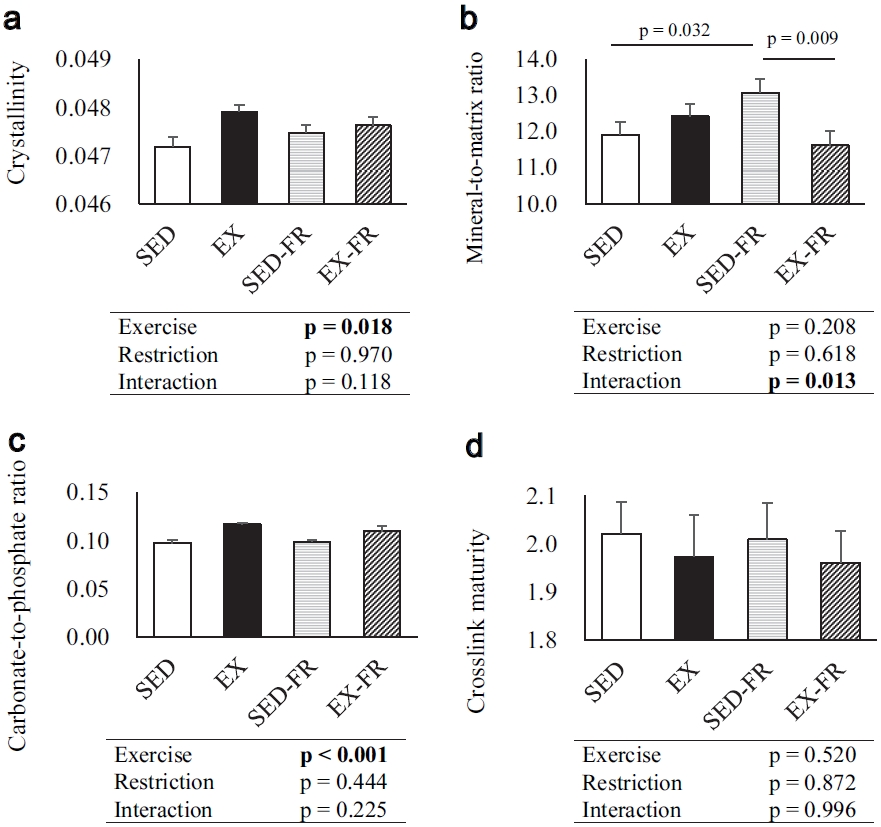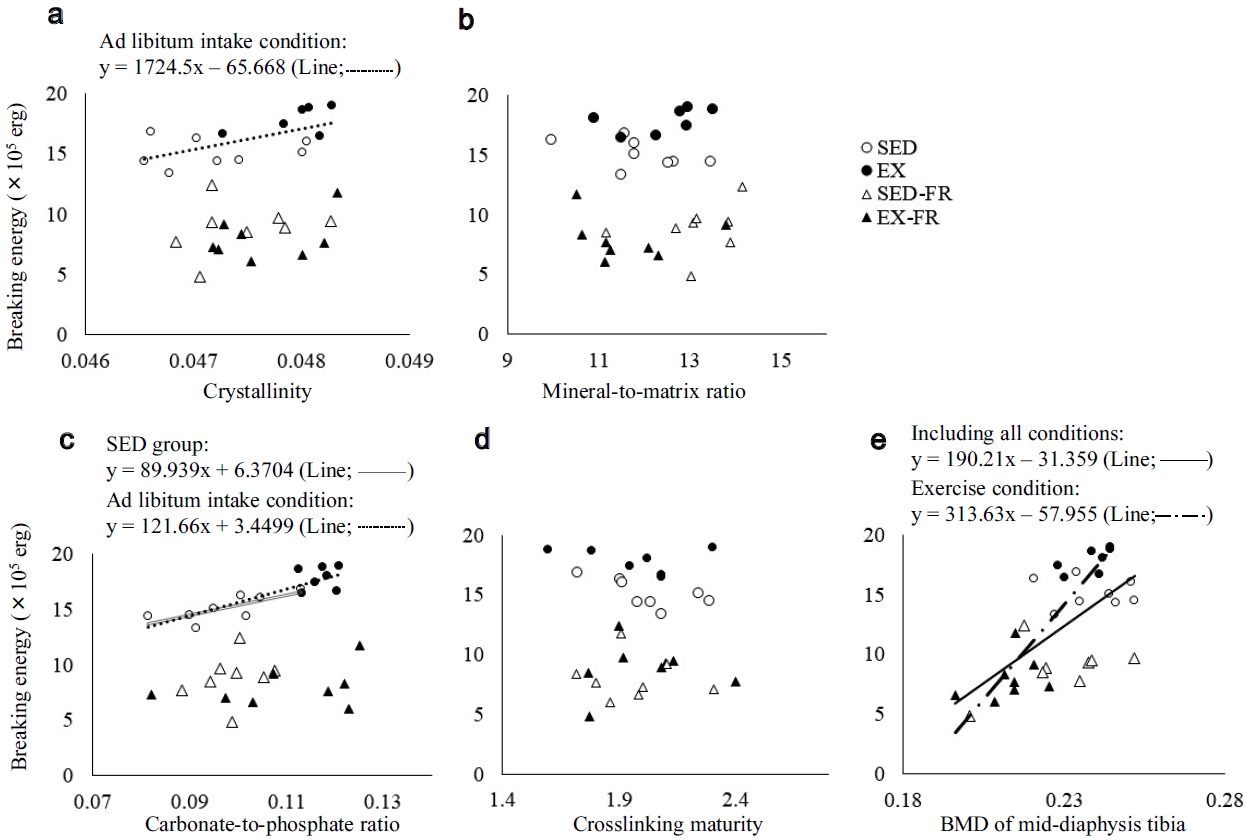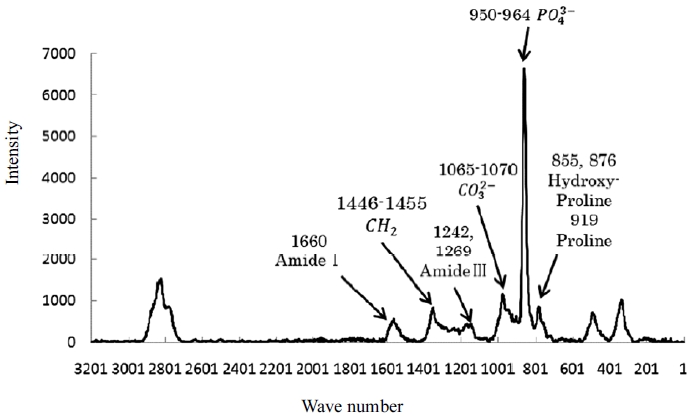1. Lauder TD, Dixit S, Pezzin LE, Williams MV, Campbell CS, Davis GD. The relation between stress fractures and bone mineral density: evidence from active-duty army women. Arch Phys Med Rehabil 2000;81:73-9.


2. Klein-Nulend J, Bacabac RG, Bakker AD. Mechanical loading and how it affects bone cells: the role of the osteocyte cytoskeleton in maintaining our skeleton. Eur Cell Mater 2012;24:278-91.


3. Nattiv A, Loucks AB, Manore MM, Sanborn CF, Sundgot-Borgen J, Warren MP. American College of Sports Medicine position stand. The female athlete triad. Med Sci Sports Exerc 2007;39:1867-82.

4. De Souza MJ, Nattiv A, Joy E, Misra M, Williams NI, Mallinson RJ, Gibbs JC, Olmsted M, Goolsby M, Matheson G. Expert Panel. 2014 Female Athlete Triad Coalition consensus statement on treatment and return to play of the female athlete triad: 1st international conference held in San Francisco, California, May 2012 and 2nd international conference held in Indianapolis, Indiana, May 2013. Br J Sports Med 2014;48:289.


5. Nichols JF, Rauh MJ, Lawson MJ, Ji M, Barkai HS. Prevalence of the female athlete triad syndrome among high school athletes. Arch Pediatr Adolesc Med 2006;160:137-42.


8. Dimarco NM, Dart L, Sanborn CB. Modified activity-stress paradigm in an animal model of the female athlete triad. J Appl Physiol 2007;103:1469-78.


9. Swift SN, Baek K, Swift JM, Bloomfield SA. Restriction of dietary energy intake has a greater impact on bone integrity than does restriction of calcium in exercising female rats. J Nutr 2012;142:1038-45.


10. Yanaka K, Higuchi M, Ishimi Y. Effect of long-term voluntary exercise and energy restriction on bone mineral density in mature female rats. J Sports Med Phys 2012;1:695-702.

11. Hattori S, Park JH, Agata U, Akimoto T, Oda M, Higano M, Aikawa Y, Nabekura Y, Yamato H, Ezawa I, Omi N. Influence of food restriction combined with voluntary running on bone morphology and strength in male rats. Calcif Tissue Int 2013;93:540-8.



12. Hattori S, Park JH, Agata U, Oda M, Higano M, Aikawa Y, Akimoto T, Nabekura Y, Yamato H, Ezawa I, Omi N. Food restriction causes low bone strength and microarchitectural deterioration in exercised growing male rats. J Nutr Sci Vitaminol 2014;60:35-42.


14. Morris MD, Mandair GS. Raman assessment of bone quality. Clin Orthop Relat Res 2011;469:2160-9.


15. Yerramshetty JS, Akkus O. The associations between mineral crystallinity and the mechanical properties of human cortical bone. Bone 2008;42:476-82.


17. da Silva FF, de Souza RA, Pacheco MT, Ribeiro W, da Silva MA, Miranda H, Salgado MA, de Melo Castilho JC, Silveira L Jr. Effects of different swimming exercise intensities on bone tissue composition in mice: a Raman spectroscopy study. Photomed Laser Surg 2011;29:217-25.


18. Iwasaki Y, Kazama JJ, Yamato H, Fukagawa M. Changes in chemical composition of cortical bone associated with bone fragility in rat model with chronic kidney disease. Bone 2011;48:1260-7.


20. Castoldi RC, Ozaki GAT, Garcia TA, Giometti IC, Koike TE, Camargo RCT, Dos Santos Pereira JDA, Constantino CJL, Louzada MJQ, Camargo Filho JCS, Belangero WD. Effects of muscular strength training and growth hormone (GH) supplementation on femoral bone tissue: analysis by Raman spectroscopy, dual-energy X-ray absorptiometry, and mechanical resistance. Lasers Med Sci 2020;35:345-54.



21. Sherk VD, Heveran CM, Foright RM, Johnson GC, Presby DM, Ferguson VL, MacLean PS. Sex differences in the effect of diet, obesity, and exercise on bone quality and fracture toughness. Bone 2021;145:115840.


22. Anantharaman-Barr HG, Decombaz J. The effect of wheel running and the estrous cycle on energy expenditure in female rats. Physiol Behav 1989;46:259-63.


27. Akkus O, Adar F, Schaffler MB. Age-related changes in physicochemical properties of mineral crystals are related to impaired mechanical function of cortical bone. Bone 2004;34:443-53.














